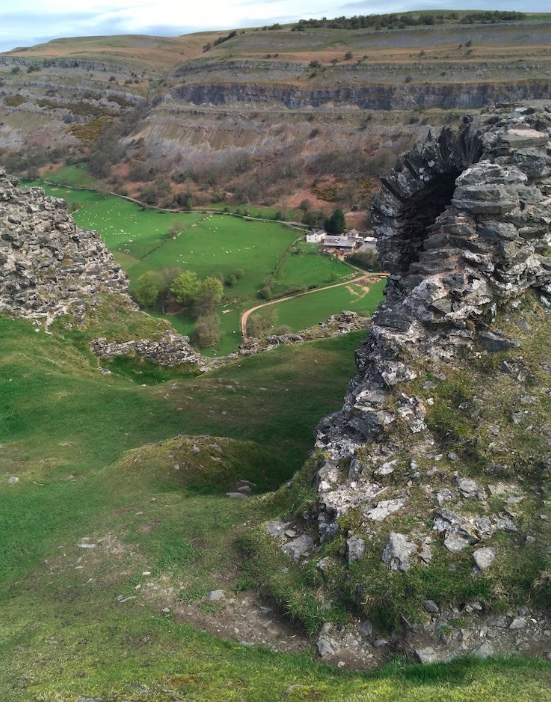Gillian manages the tiny local history museum in Llangollen, so I tagged along to see the town.
I know, I know, I say “I want to move here” about three-quarters of the places I travel. But if I was going to move anywhere in Wales and it wasn’t Conwy, it’d be Llangollen.
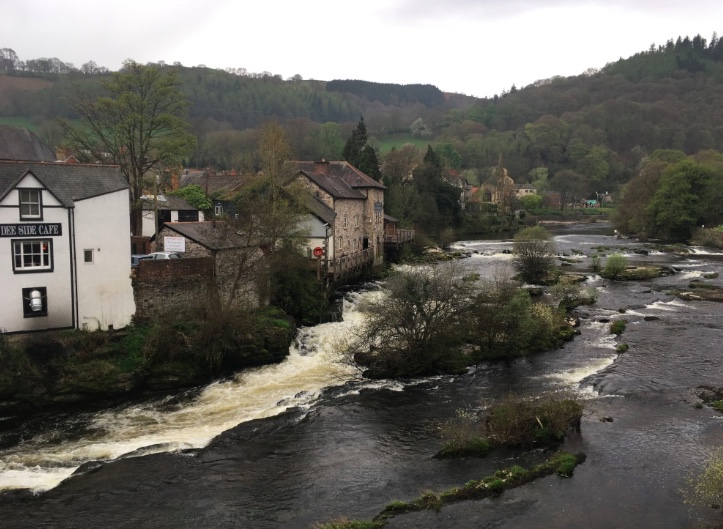
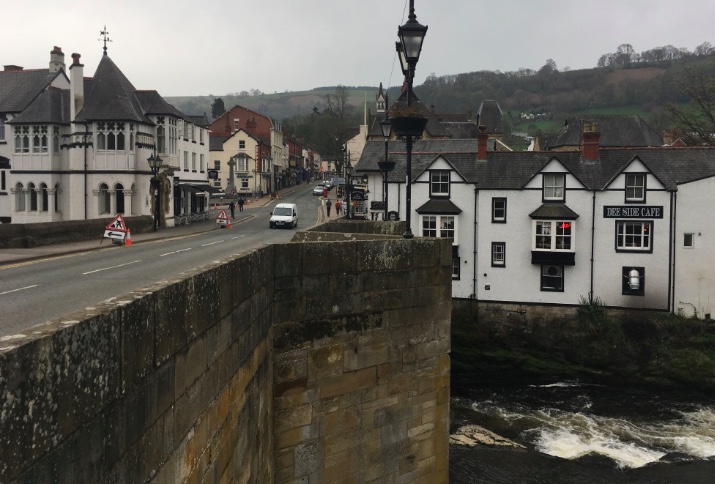
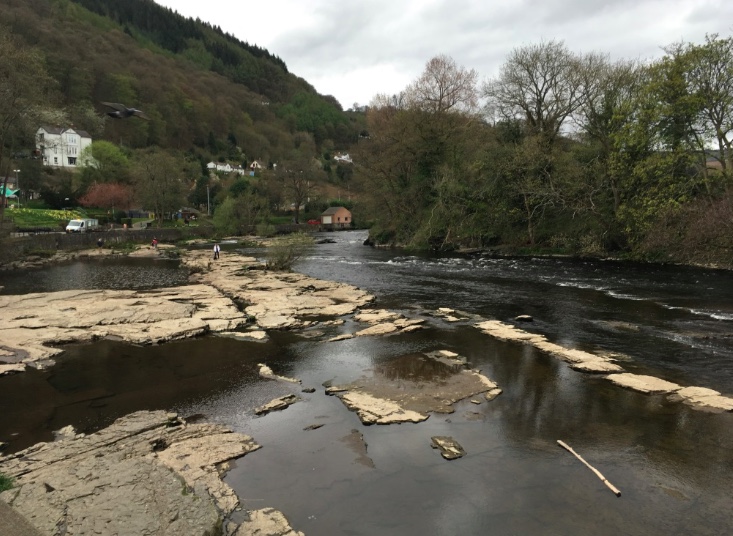
Llangollen (sort of “thlan-GOTH-lan” or “lan-GOLL-an” or “shlan-GOLSH-lan” dependent upon your willingness to attempt the Welsh double-ll) is a beautiful little town of 3,600 cupped in a river valley.
The local history museum is lovely, eclectic and thorough, though it lives in a cinderblock building which, in both shape and size, resembles a can of beans.
But the most spectacular part of Llangollen, I think, is Castell Dinas Bran, the ruins of a Welsh stronghold built in the middle of another Iron Age hillfort. From the town, you can see the castle perched high on its hill like a guardian.
The climb is grueling. This was probably the point. I can’t imagine trying to besiege this place, much less storm it. By the time you got to the gates you’d be ready to wave the white flag.
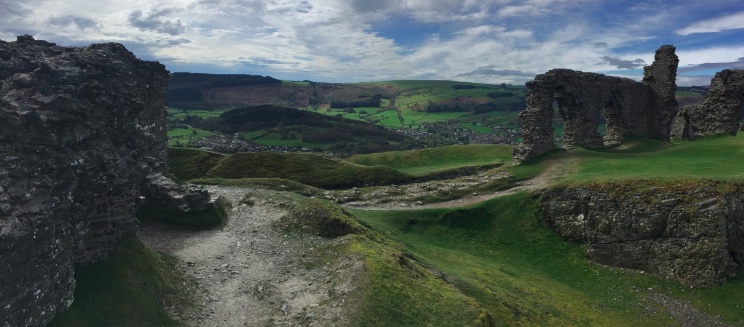
“Castell Dinas Bran” is variously translated as Crow Castle, Crow Hill, Hill Castle and Bran’s Castle. You can see why it would be associated with crows. If you want to go with the literal interpretation, there really are crows everywhere. More poetically, from the summit you have a crow’s-eye view of the valley.
Castell Dinas Bran was built by the Princes of Powys in the 1260s in the face of the growing Norman threat, but after all that effort, the castle had a working life of only about seventeen years before it was attacked and burned (Wikipedia, Cadw Wales and the site’s own plaques all seem a bit hazy as to whether the castle was burned by the victorious besiegers or its own Welsh defenders).
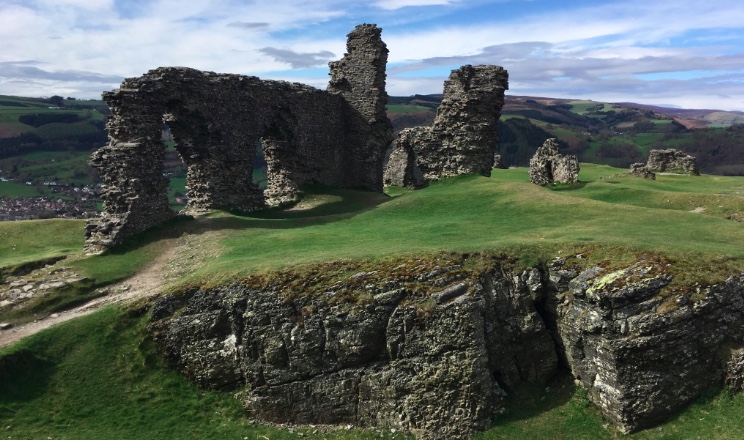
The view is truly panoramic. On the side of the castle facing away from Llangollen, you can see limestone cliffs that look like the result of strip-mining, but are in fact a natural feature of the landscape.
Also, all those little white dots are sheep.
